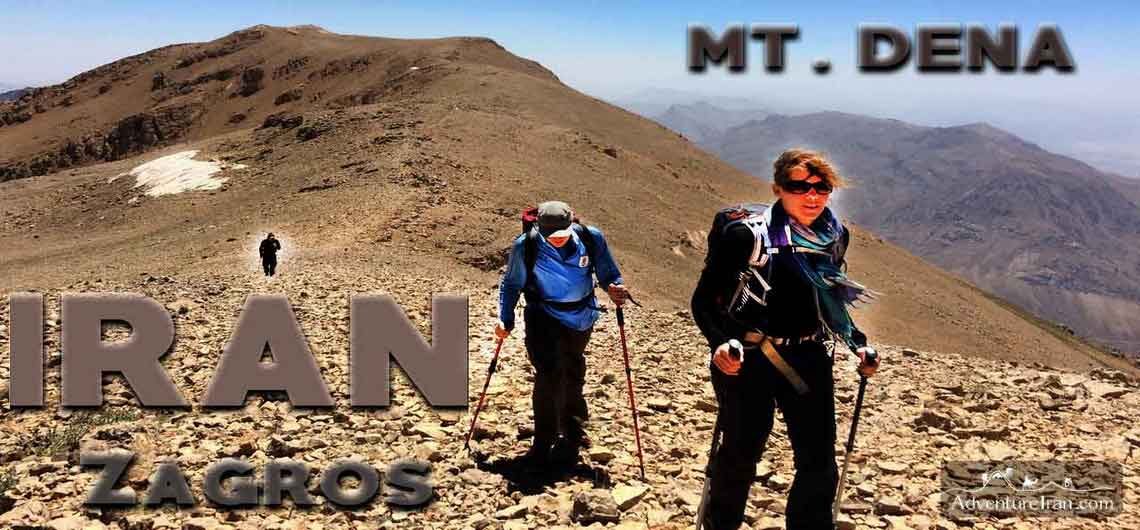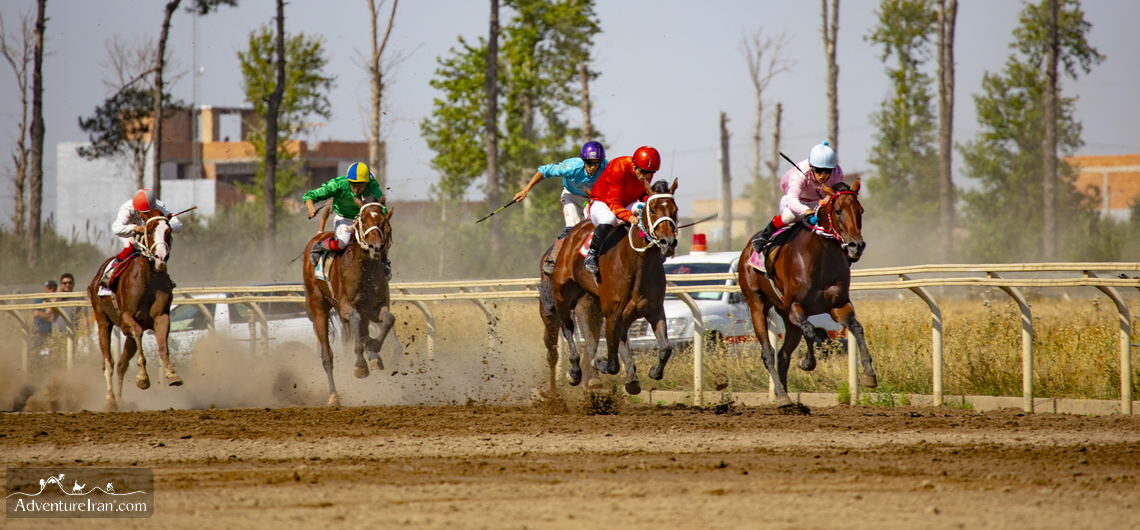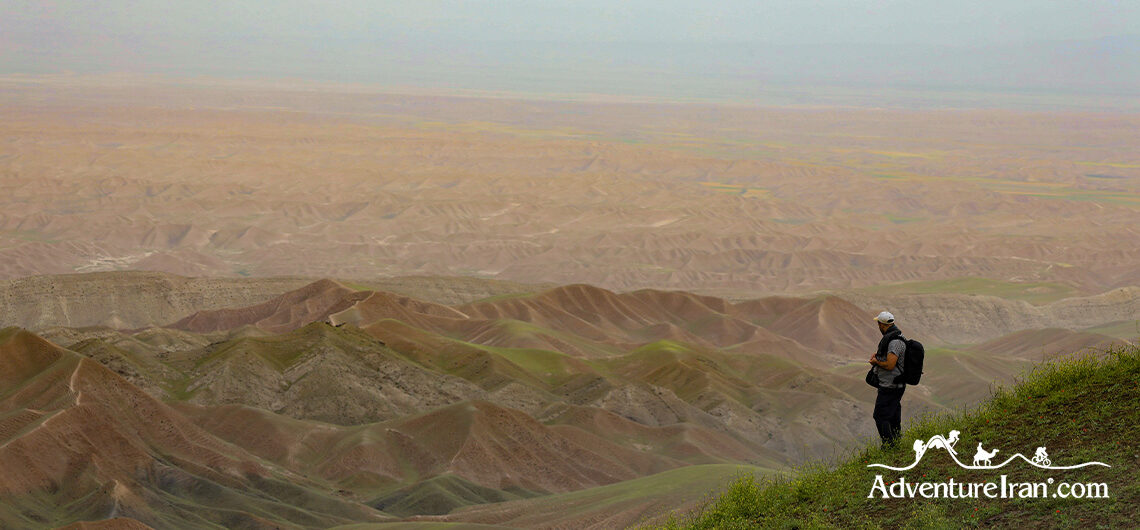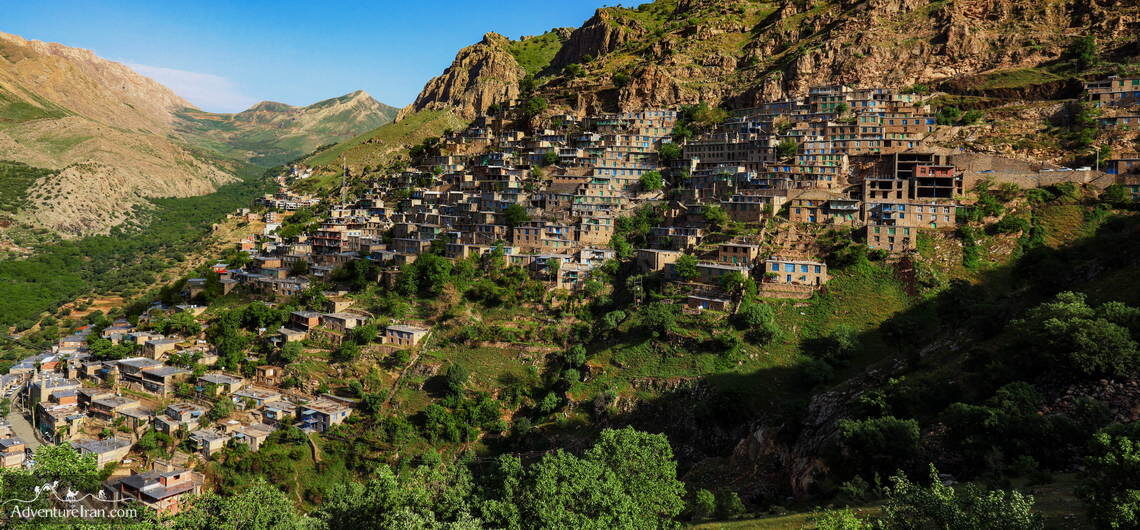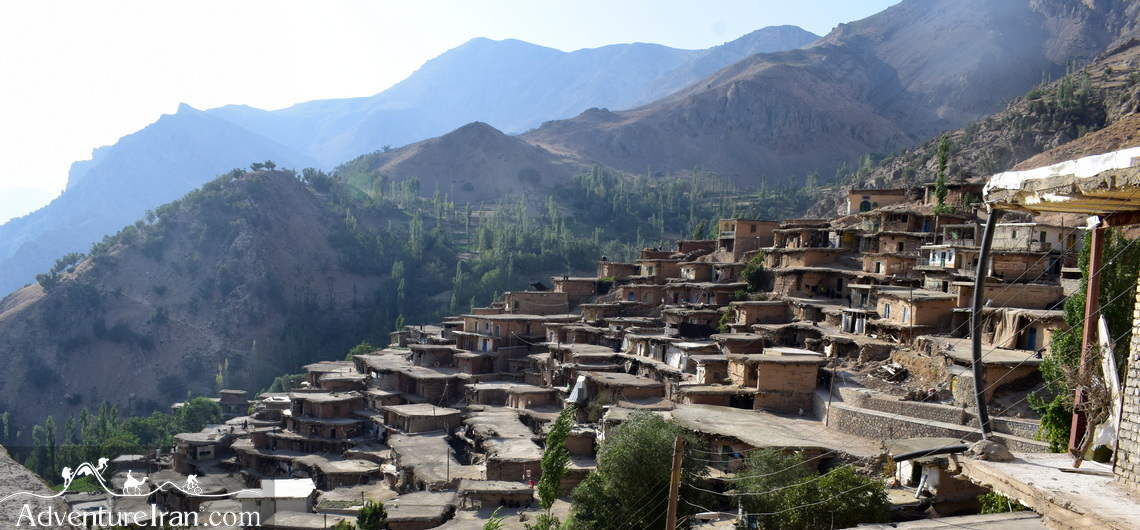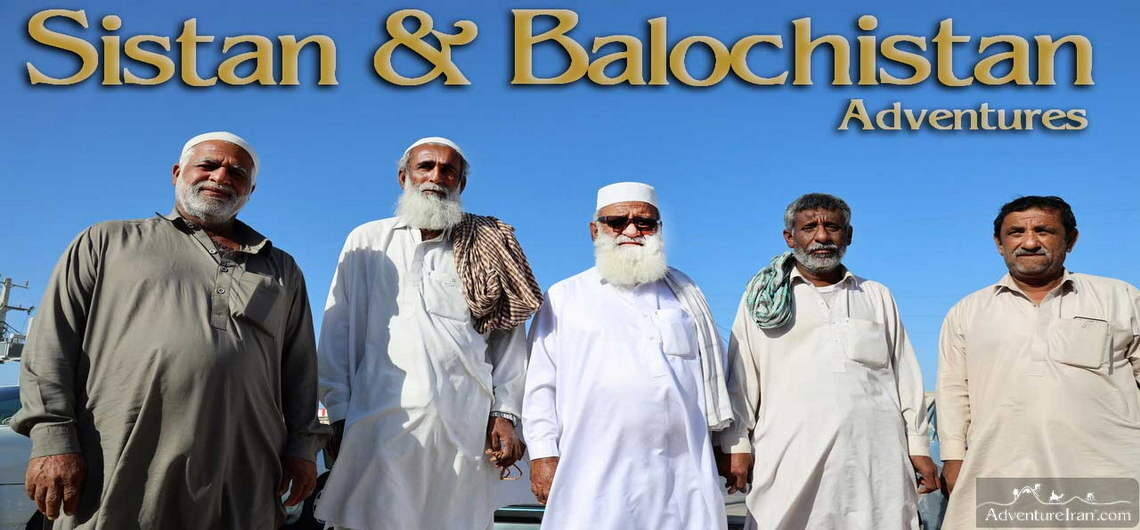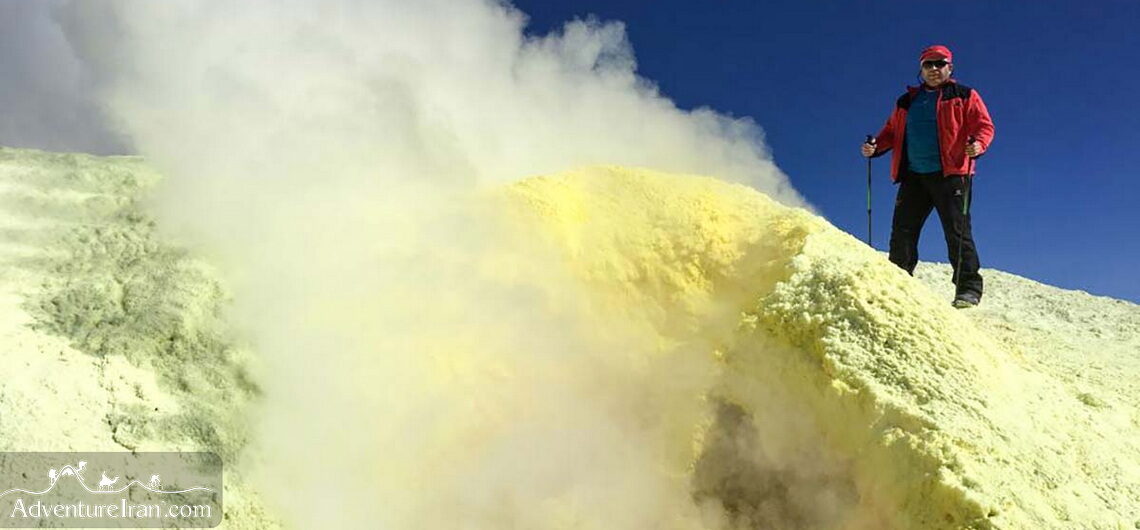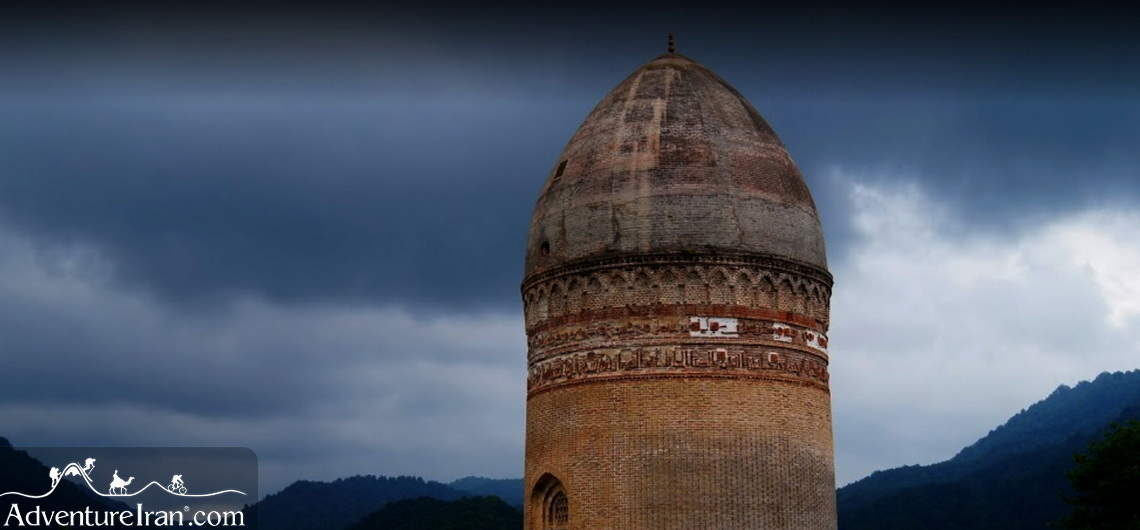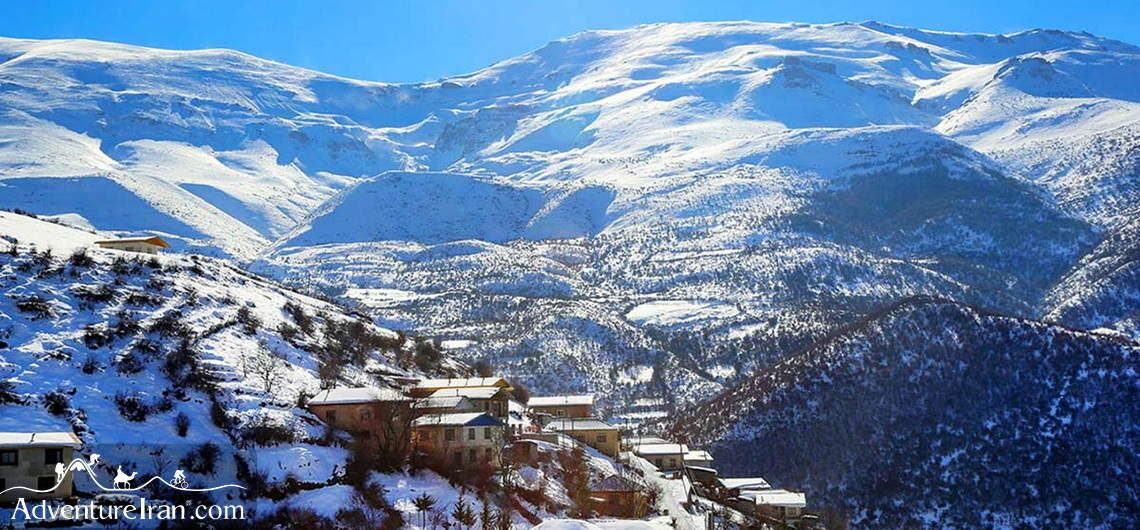Dena Protected Area Introduction Dena Protected Area is one of Iran’s most preserved environmental regions managed by the Iranian Environmental Organization. There’s also a special ecodiverse zone inside this protected area called Dena National Park. The park was registered on the list of biosphere reserved regions of UNESCO in 2010. Dena Protected Area is
Dena Mountains and National Park Trek
- Activities, Attractions, Destinations, Videos
- Cultural Journeys, Dena, Dena mountain chain, Dena National Park, iran hiking, Iran Hiking Tours, Iran off the beaten track, iran trekking, Iran Trekking Tours, Isfahan, mountain Trekking, Off the beaten path, Off the beaten track, Shiraz, Tehran, Zagros Mountain Range, Zagros Mountains
Dena Mountains and National Park Trek Dena is the name of a mountain chain located in the middle part of the Zagros mountain range in Kohgiluyeh and Boyer-Ahmad Province of Iran which is in the north of Shiraz province. The length is about 90 km with 40 mountains above 4000m and it’s one of the
How to Create a Successful Travel Itinerary for Iran? One of the main questions for many tourists, travel agencies, or tour operators is : How to make an efficient travel itinerary to cover the most important Iran attractions on a short trip? Please continue reading this very useful article if you would like to have
Golestan Province and Turkmen Plains Tourist Highlights
- Attractions, Destinations
- Active Iran, Adventure Iran, Golestan National Park, Golestan Province, Golestan Tourist Highlights, Gonbad-e Qabus, Iran off the beaten track, Iran people photography, Iran photography, Iran untraveled route, The Great Wall of Gorgan, Turkmen Horse, Turkmen Plain, Turkmen Sahra
Golestan Province Tourist Highlights Turkmen Plains Golestan province is one of the untraveled routes of Iran offering a wide range of attractions, activities, and tourist highlights. It is located in the northeast of the country, southeast of the Caspian Sea, and southern part of Turkmenistan country. Golestan means the land of flowers. The rural
Oraman Takht Village (Uraman)
- Attractions, Culture & History, Destinations, UNESCO Cultural Heritage
- Hawraman, Hawraman UNESCO, Iran Destination, Iran off the beaten track, Iran photo tours, Iran photography, Iran Tour, Iran Travel, Iran UNESCO, Iranian Kurdistan, Iranian UNESCO Site, Iranian UNESCO Sites, UNESCO World Heritage Site, Uramanat
Oraman (Uraman) Takht Village in Iran (UNESCO) Oraman or Uraman-e Takht is the name of a village located in Hawraman in the Kurdish region of Iran. The Cultural Landscape of Hawraman was registered in the list of Iranian UNESCO sites in July 2021. Hawraman is the name of the valley and mountain region located within
Chaharmahal and Bakhtiari Tourist Highlights Chaharmahal and Bakhtiari is the name of a small Province in the southwest of Iran, situated in the west of Esfahan province. Geographically, Chaharmahal and Bakhtiari is located among the central Zagros Mountain Range, full of tourist highlights for adventure seekers. In this part of Zagros, the Zardkuh mountains
Video Story: Sistan & Baluchestan Adventures
- Attractions, Destinations, Videos
- Adventure Iran, Baloch, Balochi, Balochistan, Baluchestan, cultural trips, Iran Adventures, Iran Destinations, Iran off the beaten track, Iranian UNESCO Sites, Mount Taftan, Off the beaten path, Off the beaten track, Sistan, Sistan and Balochistan, Sistan and Baluchestan province, west of Iran
Sistan & Baluchestan Adventures The video is about our adventure journey to Sistan and Baluchestan, which is Iran’s most special attraction. This trip started from Tehran with a night train towards Kerman. A jeep took the group to Dasht-e lut desert. After staying one night in the desert they continued the trip towards the north
Mount Taftan in Iran Active Volcano Peak The massive Mount Taftan is situated only 70 km away from the Pakistan border, southeast of Iran. It is an isolated, active volcanic mountain located in Sistan and Baluchestan province. South of the mountain is Khash, the nearest city. Mt. Taftan has two very famous summits with Chehel
Lajim Tower Lajim Tower is located in Lajim village in the county of Savad Kooh in Mazandaran province, south of the Caspian Sea, Iran. It is circular in shape with a conical dome. There are two unique inscriptions on the brick which carry the Kufic, Pahlavi, and Sassanid Scripts. One of them defines the date
Kandelus Village in Iran Kandelus is a historical village in Mazandaran province, located in the Caspian Sea region in the north of Iran. The province itself lies between the southern coast of the Caspian Sea and the northern slopes of the Central Alborz mountains. Mazandaran is one of the most densely populated provinces in Iran


